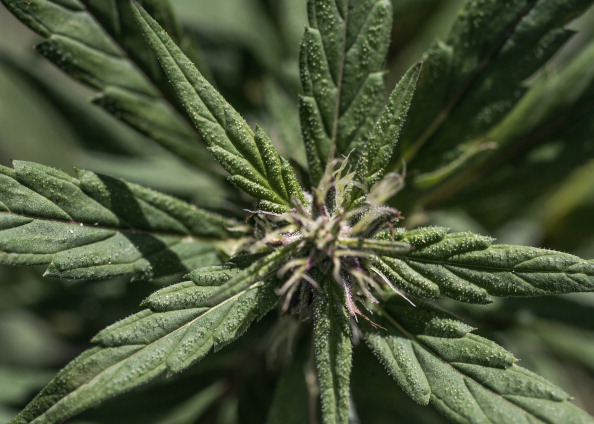Source: ibtimes.co.uk
Traces found on archaeological digs suggest plant was cultivated and traded in Eurasia 5,000 years ago.
A cannabis trade may have been established in Europe and Asia as far back as 5,000 years ago by a group of steppe nomads known as the Yamna, scientists have said. They have worked to retrace the introduction of hemp on the continent - a variety of the Cannabis sativa plant species.
The study, published in the journal Vegetation History and Archeobotany, presents a systematic review of archaeological and palaeo-environmental records of cannabis fibres, pollen and achene across Europe and East Asia.
The research team, from the Free University of Berlin, reconstructed ancient cannabis records and investigated how exchange and migration routes established by the Bronze Age Yamna people may have contributed to the development a Eurasian cannabis trade.
New trade routes eastwards
Analysing cannabis specimens found in archaeological artefacts and potteries spanning thousands of years, the scientists have discovered traces of the plant being cultivated in Japan, China and East Europe, as far back as 10,000 years BCE.
However, such ancient evidence of cannabis cultures remains rare. The real increase in cannabis achene records in Europe and East Asia dates back to 4,000-5,000 years ago. The scientists hypothesised that this increase is linked to the spread of the Yalma culture across the Eurasian continent at the time.

The Yamna people were a highly mobile steppe culture of pastoral nomads who probably originated from Eastern Europe, between the Lower Don, the Lower Volga and North Caucasus, between 3300 and 2700 BCE. They domesticated horses, which they rode to manage cattle herds.These horse-riding skills also gave them the possibility to travel long distances and spread their culture and agricultural practices across large stretches of land.
"The marked increase in cannabis achene records might be associated with the establishment of a trans-Eurasian exchange/migration network through the steppe zone, influenced by the more intensive exploitation of cannabis achenes popular in Eastern Europe pastoral communities", the study's authors explain.
And 5,000 years ago, as the Yamna people moved eastwards , they may have used the Hexi Corridor region – a historical route which would later form part of the Northern Silk Road – as a hub for an East Asian spread of cultural elements, domesticated animals and plants, including cannabis.
History of cannabis
The use of cannabis at the time remains unclear. The research highlights that hemp was most probably used for its medical properties and to create cloths and fabrics with its solid fibres, but there is so far relatively limited evidence that it was smoked.
Nevertheless, the archaeologists believe it is possible that the Yamna culture burned cannabis and inhaled the smoke during sacred rituals. They call for more research to be carried out in order to better understand the history of cannabis and how it started being distributed in Asia and Europe.
No comments:
Post a Comment